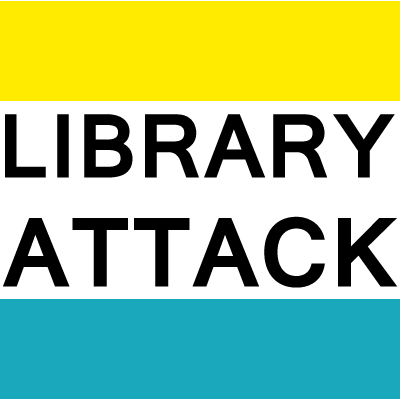This post started off where I get most of my inspiration: Twitter. After helping a grad student find resources about trip generation in urban areas which included referencing ITE’s Trip Generation Manual, I tweeted:
You know what would be awesome? If the @ITEhq Trip Generation Manual was available electronically. Traffic engineers would rejoice!
— Kendra K. Levine (@tranlib) October 29, 2014
This started a brief discussion with @ITEhq, where they recommended a software platform to generate trip generation. They also understood that that solution doesn’t work in my case and appreciated the feedback. @ITEhq, thank you for engaging on Twitter! I really appreciated the conversation and respect your organization more for it.
While I am happy to point out a professional association doing things well, this post isn’t about that. This post is about another wrinkle in the shift from buying and providing library resources from print to electronic.
In traffic engineering there are some core handbooks that every engineer should keep on hand: the Highway Capacity Manual, the AASHTO Green Book, the Trip Generation Manual, the AASHTO Roadside Design Guide, and the MUTCD. The MUTCD is an FHWA document so freely available online as a PDF. The Highway Capacity Manual (HCM) and the two AASTHO books are available through the Knovel platform. Only the the Trip Generation Manual is not available electronically, so if our researchers and grad students want to refer to it they need to physically come to the library. That’s not the end of the world, but it is a bit of a barrier. It also doesn’t fit with how many of them use hand books now. The student I was working with yesterday lamented they could use ctrl-F to find the section they were most interested in right away. Oh technology the great enabler!
But as seen in my conversation with ITE on Twitter, there is another option: OTISS, an online program used to run traffic impact assessments (trip generation, for those of you not in the know). For many practitioners who do these kinds of calculations on a weekly basis, OTISS is a very handy tool that is used instead of the Trip Generation Manual. The pricing is also reasonable for single users. Unfortunately, it’s not really feasible for a library. The multi-user account is limited to just 3 users, which then also makes the pricing unrealistic given our current budget. If we were to subscribe to it, it would have to be used in the library, which would automatically limit usage making it harder to justify the cost. There’s also the obvious that if we did pay for the service, we would probably violate the TOS by not restricting its use to the first 3 users.
OTISS is not the first time I’ve encountered this problem and it certainly won’t be the last. As more resources are moving from print to electronic, there are the common questions about DRM and ownership versus licensing. There are also increasingly more cases where the new platforms for delivering the content and information were designed in a way that libraries can’t easily (or even legally) participate. This is why I’m happy that AASHTO licenses their handbooks through Knovel, because to buy them electronically would restrict us to usage on a single machine. That was the common delivery and restriction method before cloud-based solutions became common, only now it’s tied to a user. I don’t know what the solution is aside from having this discussion and raising awareness of the issue. Just something to think about.


Leave a Reply